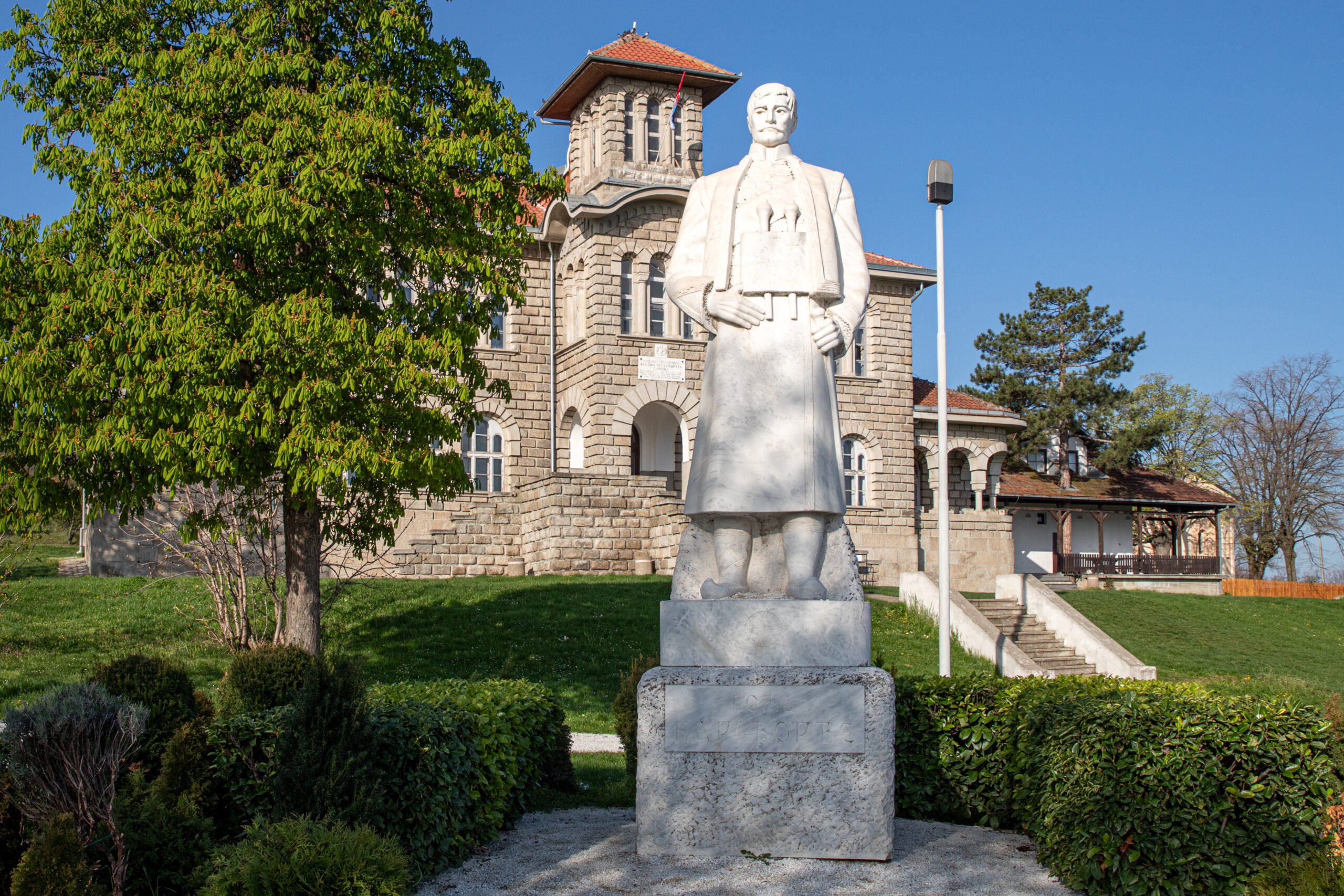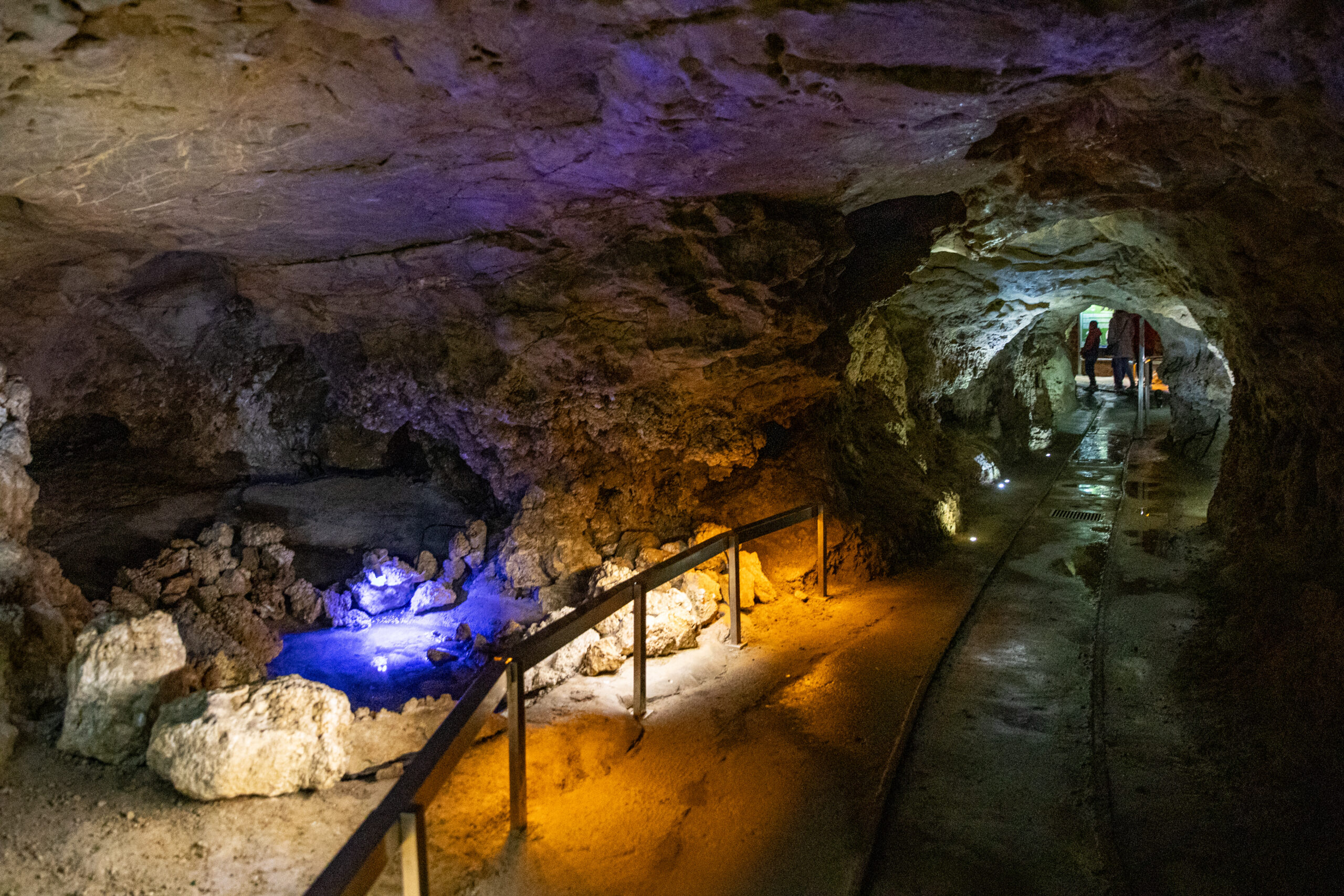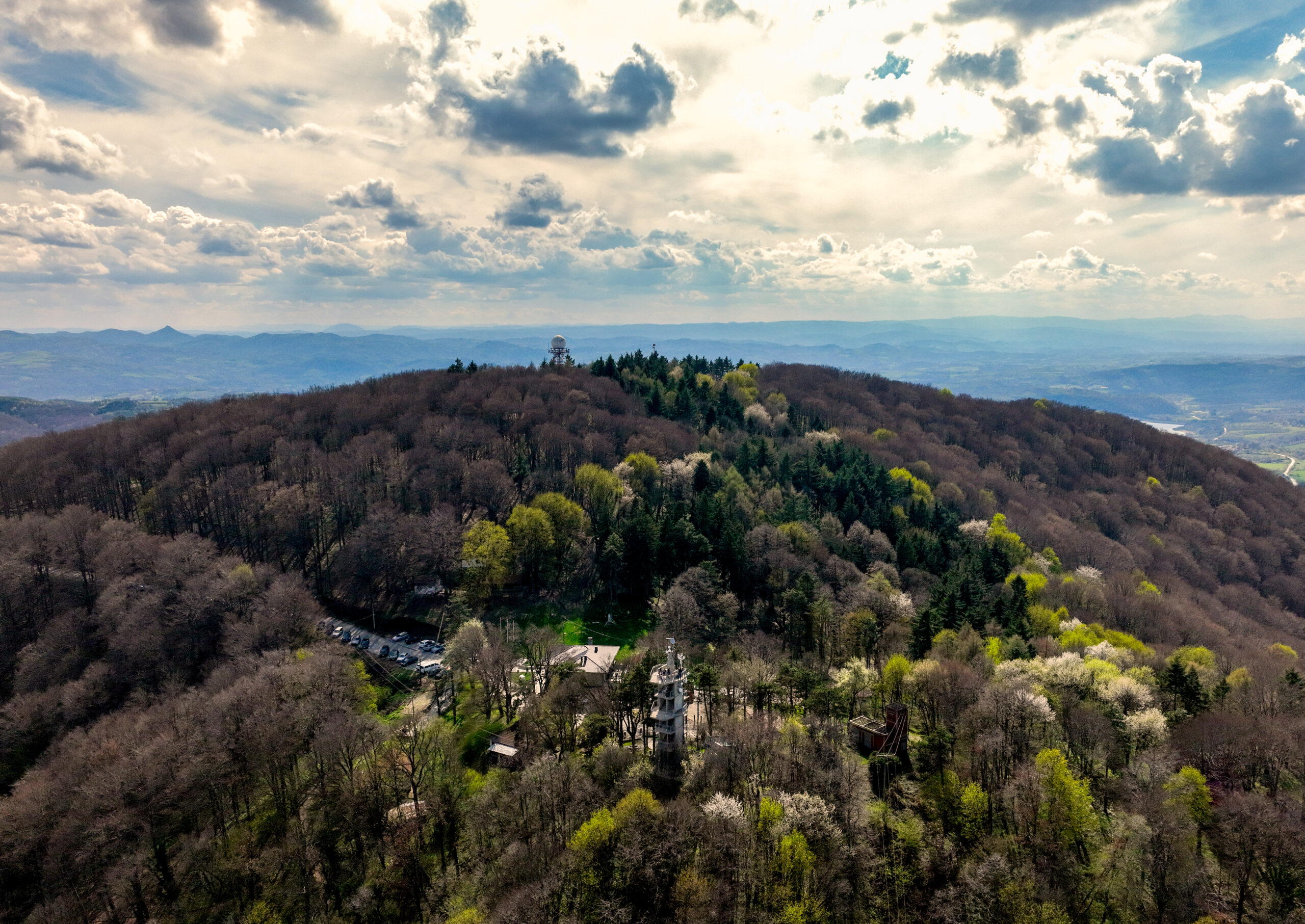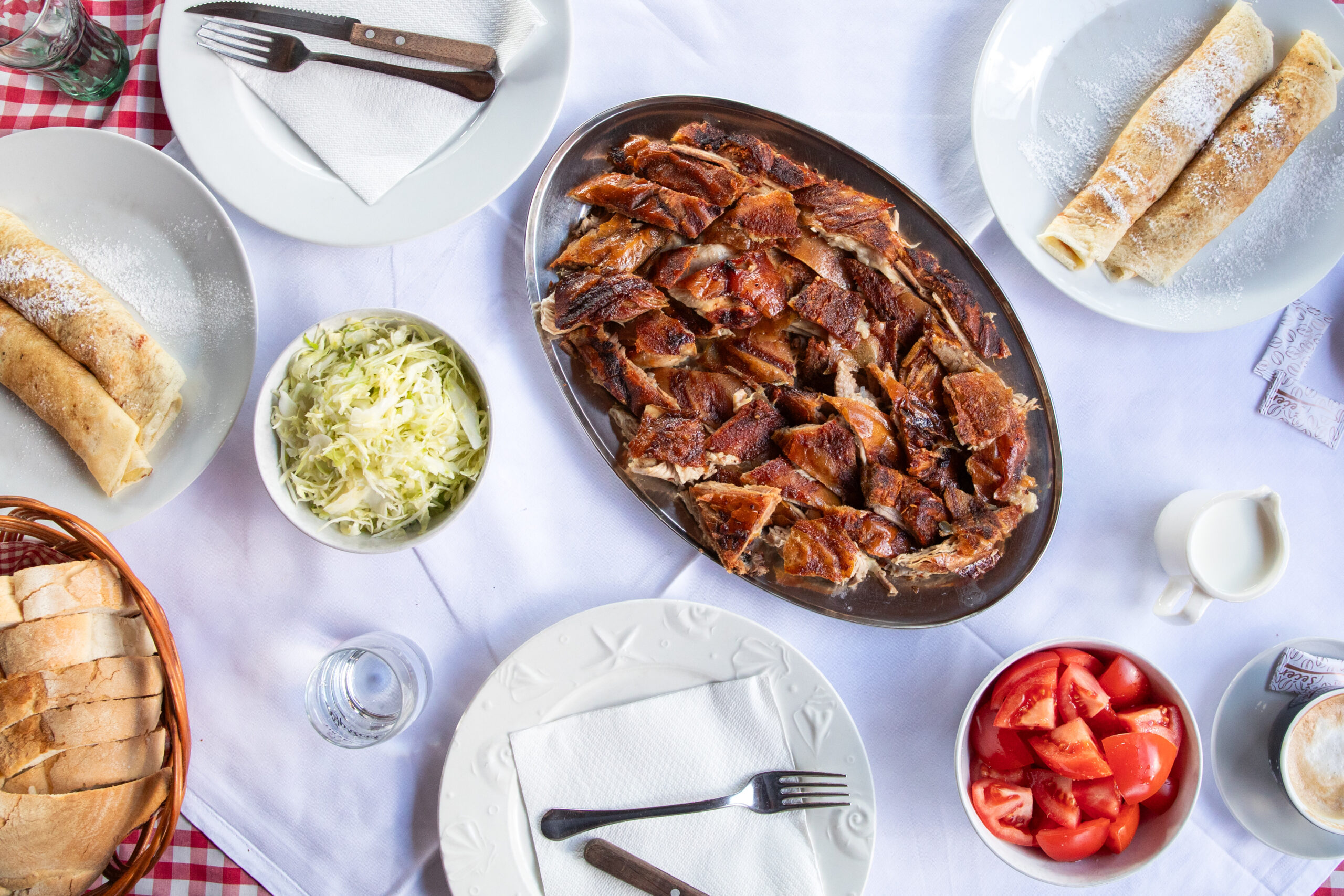You may travel anywhere in Serbia, but at long last, you have to come to Šumadija. There are countless reasons for that, and one of them is certainly the famous spa town named after the archangel Gabriel. The land of winemakers, of Milos Obrenovic and Karadjordje (Black George), and, at the same time, the land of the revolutionaries who, embarked on a fierce and lengthy fight, more than two centuries ago, to liberate their people and the homeland.
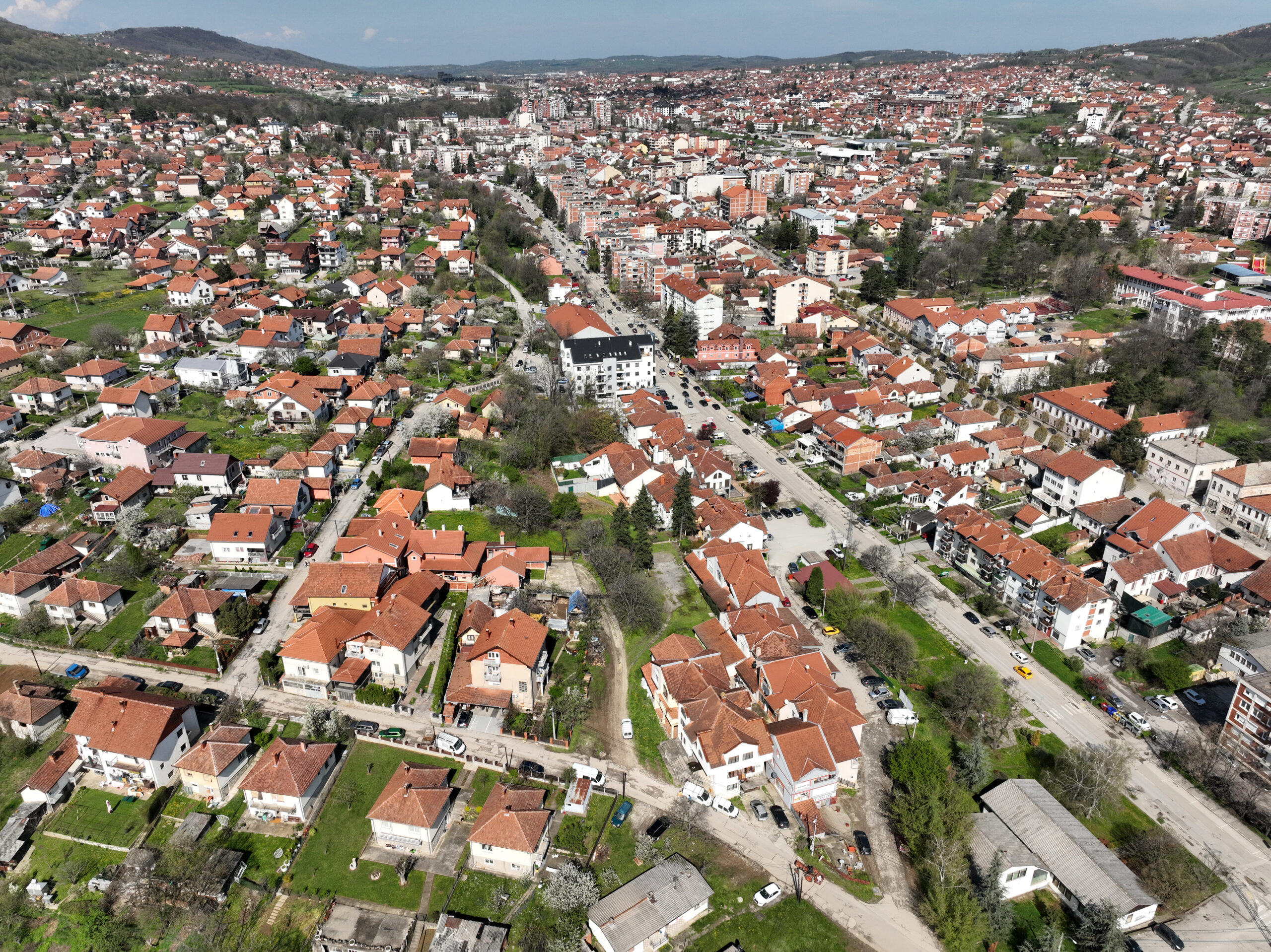
BECAUSE ARANDJELOVAC IS THE CITY OF THE ARCHANGEL
It is located at the foot of the Bukulja and Venčac mauntains. Prince Miloš Obrenović was the one who gave it its present name. That is, during his second reign, he decided to build a church in the then-small town of Vrbica and to dedicate it to Saint Archangel Gabriel. So, the town was renamed Arandjelovac to honour this saint in 1859. According to one legend, Miloš dedicated the church to this archangel as an act of repentance for the murder of Karadjordje, which happened on the day of the second Feast of Saint Archangel Gabriel, on 26 July. The construction of the church began in 1860 on the hill called Porovac, using building stone from the nearby Klještevica Hill. After the death of Miloš Obrenović, his son, Prince Mihailo, completed the church. Although it was not adorned with fresco paintings, it features its magnificent iconostasis painted by the renowned artist Nikola Marinkovic, who was inspired by the work of a fellow artist at the Cathedral Church in Belgrade.
The town itself is also the home of widely known Bukovička Spa (Bukovička Banja). The mineral water, known for its healing properties, has been used to rejuvenate many people for a long time – including the famous Serbian educator and enlightener, Dositej Obradović. Prince Miloš Obrenović often stayed here himself, and when he was not here, the water would have been delivered to his court. Today, the medicinal mineral waters are used to treat a variety of illnesses. The hospital centre is located in the most beautiful part of town – Bukovička Spa Park.
The park covers about 22 hectares. Three-lined paths, greenery, flower beds, benched for rest – colourful, lively, and soothing. It is enriched by a collection of sculptural works, effectively making it an open-air sculpture museum. The proud plane tree planted by Prince Mihailo himself in 1867 still towers above it all. Within the park is the famed “Old Mansion” (Staro zdanje), arguably the most impressive building in Aranđelovac, whose construction began in 1865. It served as a summer residence for the Obrenović dynasty. Sadly, it has long since fallen into neglect. Instead of proudly bearing witness to the glory and beauty of the city during the Obrenović era, this likely finest example of Serbian Romanticism has now become a disgrace within an otherwise grand and richly endowed park.
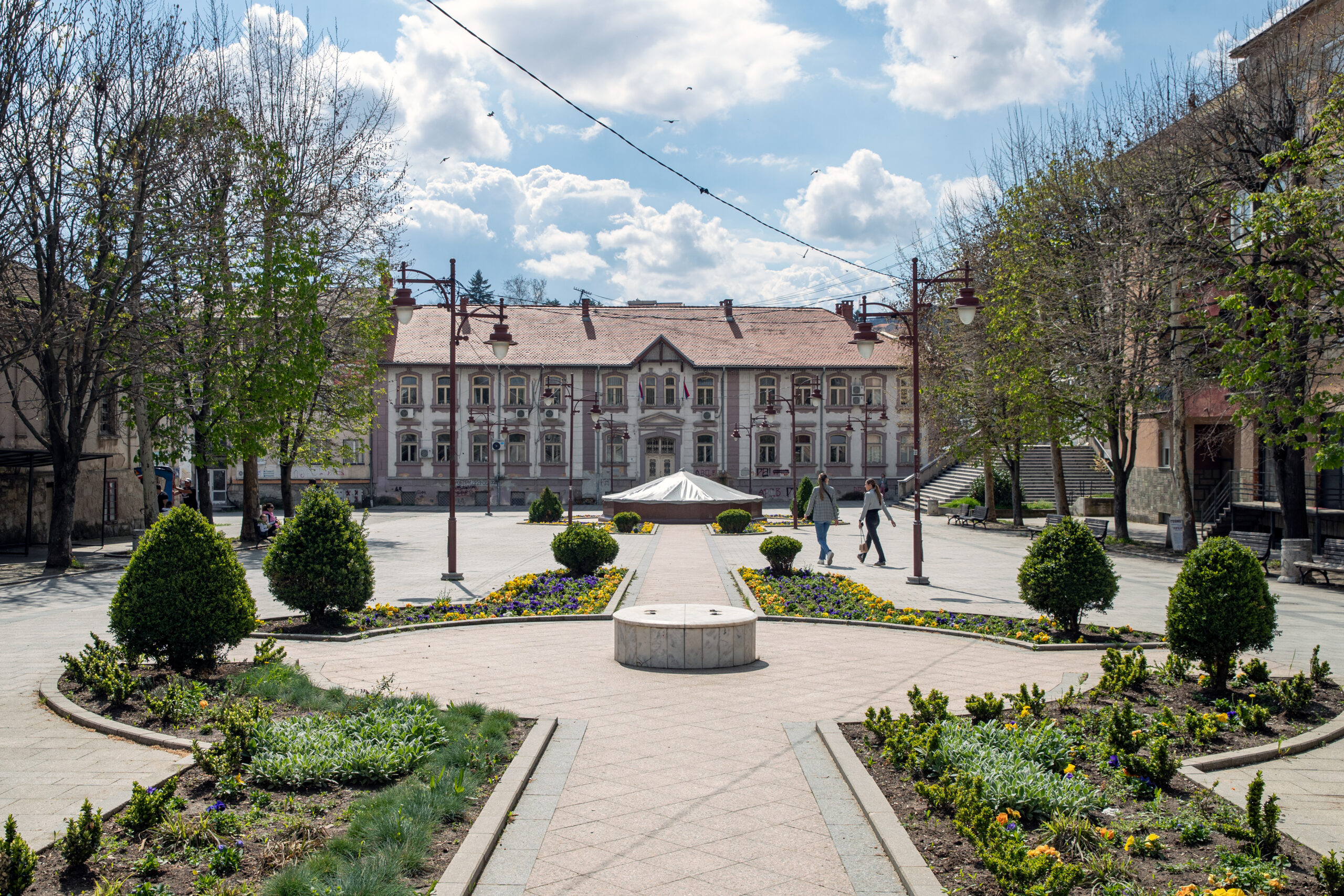
BECAUSE THE NATIONAL MUSEUM HOUSES RARE ARCHAEOLOGICAL FINDS
Away from the town centre, in a quiet neighbourhood, stands a purpose-built structure inspired by the traditional architecture of Šumadija. At the entrance, a portrait of Emperor Dušan welcomes visitors, sparking the imagination. Soon, we learn that the museum’s main current exhibition on the ground floor is titled Dvorine, in the North of the Serbian Empire. It is dedicated to the archaeological site at the foot of Mount Venčac. Discovered there were the remains of a church — believed to had been the court of the last Serbian despot, Pavle Bakić — and numerous necropolises. The large church, built in the mid-14th century, was constructed in the Serbian-Byzantine style. Based on the wall paintings and architectural features, it is certainly a royal foundation. Considering the period of its construction, it is almost certain that its endower was Emperor Stefan Dušan. Exhibited are fragments of frescoes, movable archaeological artefacts, as well as a site map and proposals for protective construction at the location itself.
In another room on the ground floor, traditional folk costumes, household items, and weaponry are displayed, telling the story of the town’s past. On the upper floor, there are works of contemporary ceramic art exhibited.
The current exhibition dedicated to Dvorine, which will remain on display for some time, is exceptionally interesting — especially to those who appreciate national history. It seems that the pages of Serbia’s medieval history are still being written.
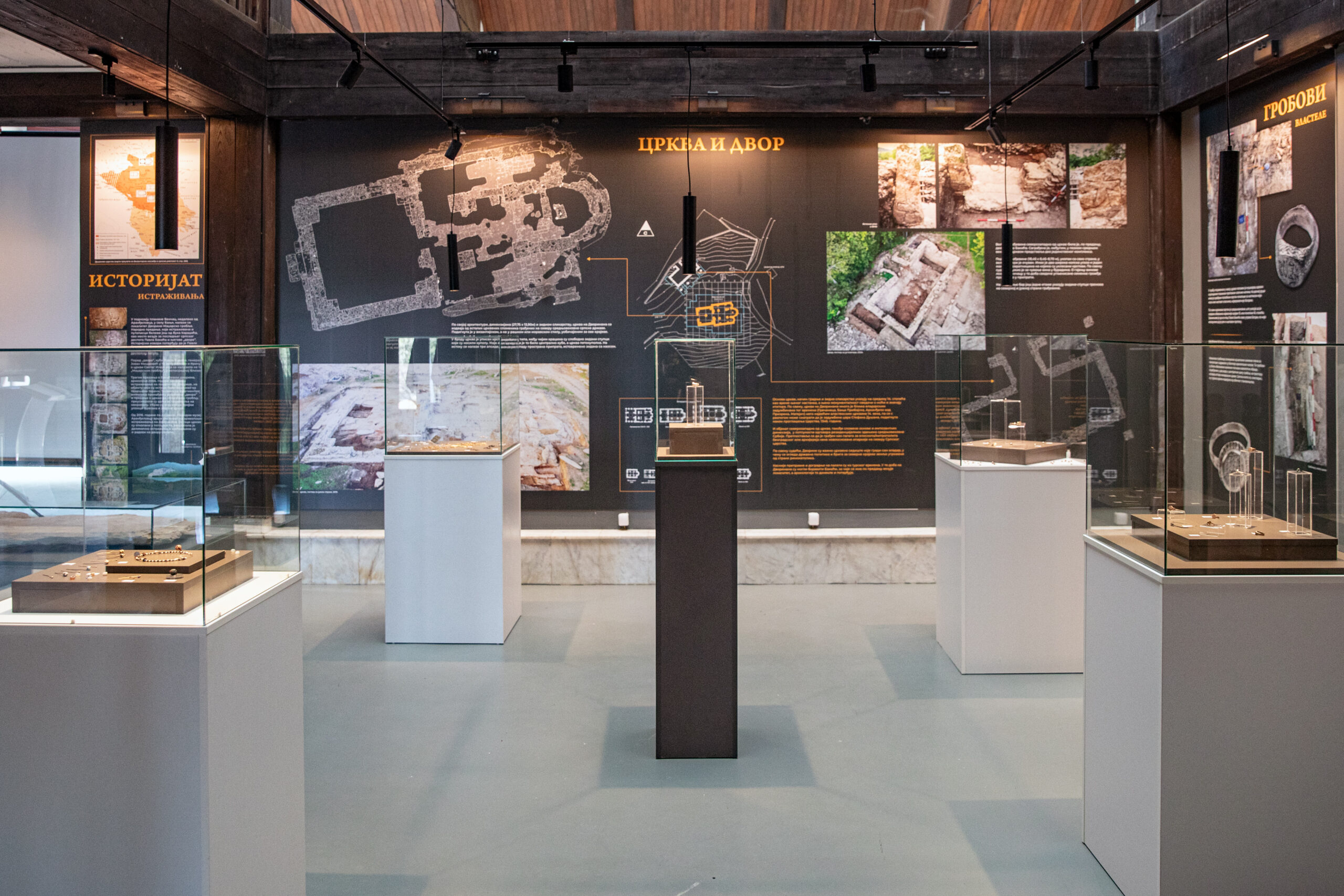
BECAUSE ORAŠAC IS THE CRADLE OF THE MODERN SERBIAN STATE
„…The earth shook from the east
As the Serbs rose to arms…
For blood had welled up from the land
The time has come to fight…”
These words are carved in marble at the memorial spring in Marićevića Jaruga, where, on 15 February 1804, the First Serbian Uprising began. There, the heroes swore: “… we shall fight, by God, to the last man.” And so it was. Although the rebellion was crushed after more than nine years of fierce battles, it laid the strong foundations for full liberation from the Ottomans and the creation of the modern Serbian state. The people of Serbia honoured their warriors by establishing the memorial complex known as the Historic Site of Orašac.
Above the famed ravine stands the Church of the Ascension of the Lord, built in the late 1860s. It features an iconostasis of great artistic value, the work of the renowned painter Steva Todorović. Next to the church is the Museum of the First Serbian Uprising. It presents Serbia before the uprising, major battles, the organisation of the army and government, education during the rebellion, and the military collapse. Especially interesting are the reconstructions of the cross of the archpriest Prota Atanasije of Bukovik and Karađorđe’s flag, as well as a letter to Miloš Obrenović from 1813, personally signed by Karađorđe. This document is particularly valuable if we have in mind that Karađorđe was illiterate.
A walk through this turbulent and painful — yet glorious — history is a proud remembrance of our heroic ancestors who gave us our piece of the sky.
The First Serbian Uprising Memorial School was built from carved granite blocks to commemorate the 130th anniversary of the people’s revolt. This monumental building is still full of pupils today. And who watches over them, if not the great leader himself — Karađorđe — sculpted in white Venčac marble, standing over three and a half meters tall. From the green lawn in front of the school, he stands guard, delivering an eternal lesson on heroism and freedom — something that cannot be priced.
